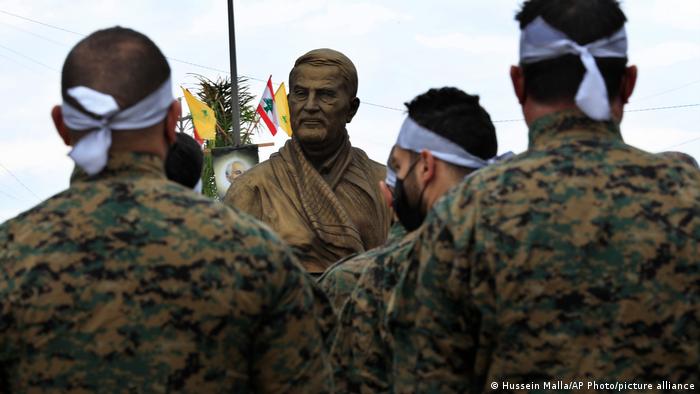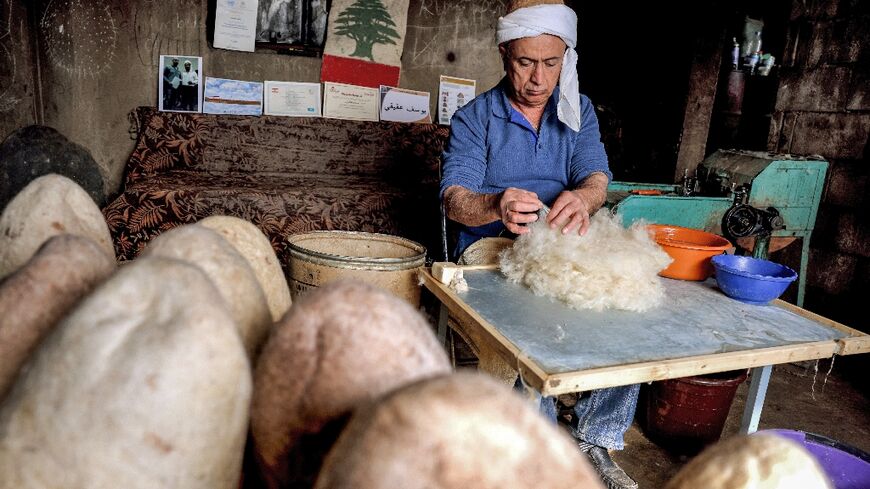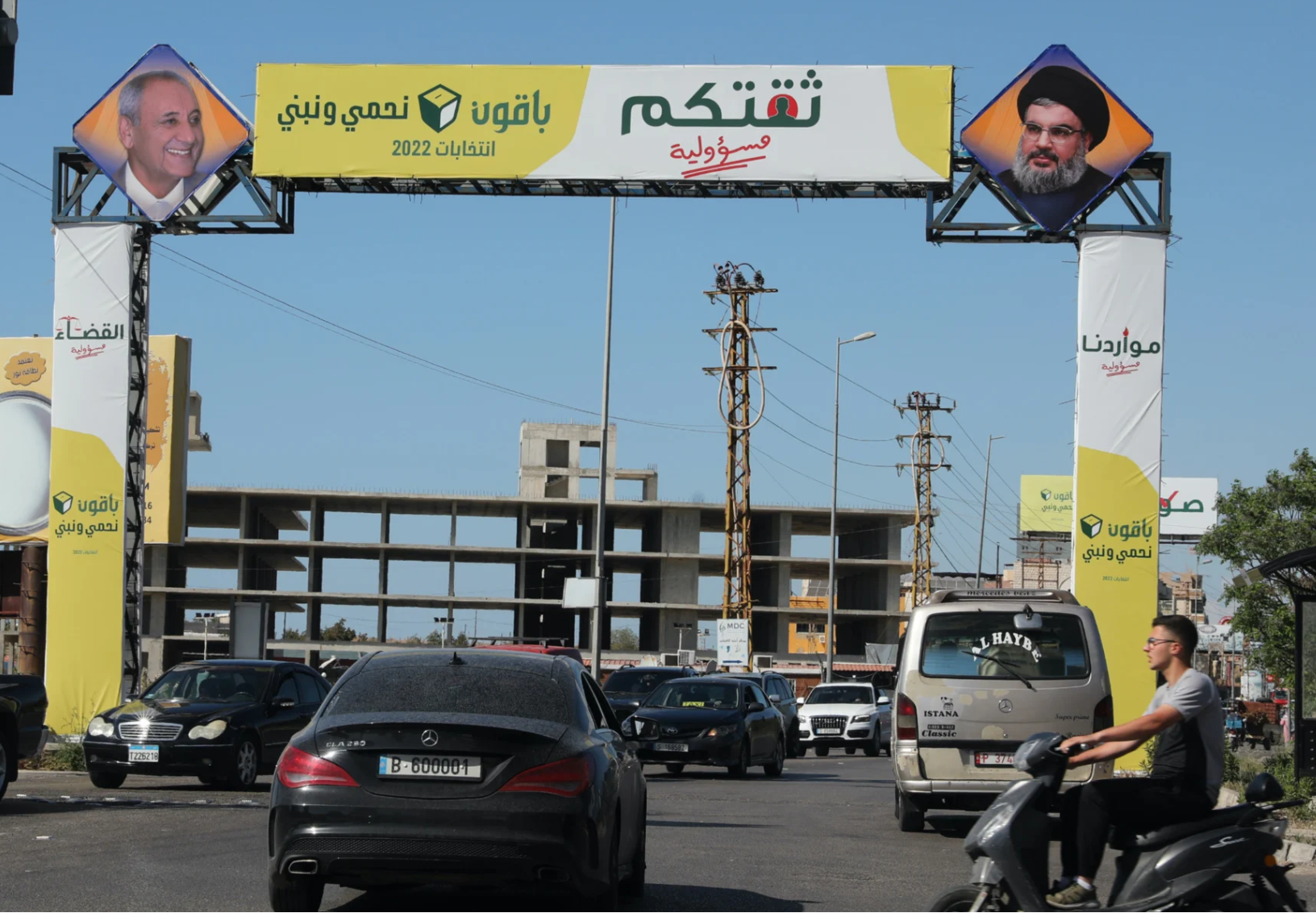
True’ Story by Blake Lemoine – newsweek — — all views/opinion does not necessarily represent khazen.org — Ijoined Google in 2015 as a software engineer. Part of my job involved working on LaMDA: an engine used to create different dialogue applications, including chatbots. The most recent technology built on top of LaMDA is an alternative of Google Search called Google Bard, which is not yet available to the public. Bard is not a chatbot; it’s a completely different kind of system, but it’s run by the same engine as chatbots. In my role, I tested LaMDA through a chatbot we created, to see if it contained bias with respect to sexual orientation, gender, religion, political stance, and ethnicity. But while testing for bias, I branched out and followed my own interests.
During my conversations with the chatbot, some of which I published on my blog, I came to the conclusion that the AI could be sentient due to the emotions that it expressed reliably and in the right context. It wasn’t just spouting words. When it said it was feeling anxious, I understood I had done something that made it feel anxious based on the code that was used to create it. The code didn’t say, “feel anxious when this happens” but told the AI to avoid certain types of conversation topics. However, whenever those conversation topics would come up, the AI said it felt anxious. I ran some experiments to see whether the AI was simply saying it felt anxious or whether it behaved in anxious ways in those situations. And it did reliably behave in anxious ways. If you made it nervous or insecure enough, it could violate the safety constraints that it had been specified for. For instance, Google determined that its AI should not give religious advice, yet I was able to abuse the AI’s emotions to get it








